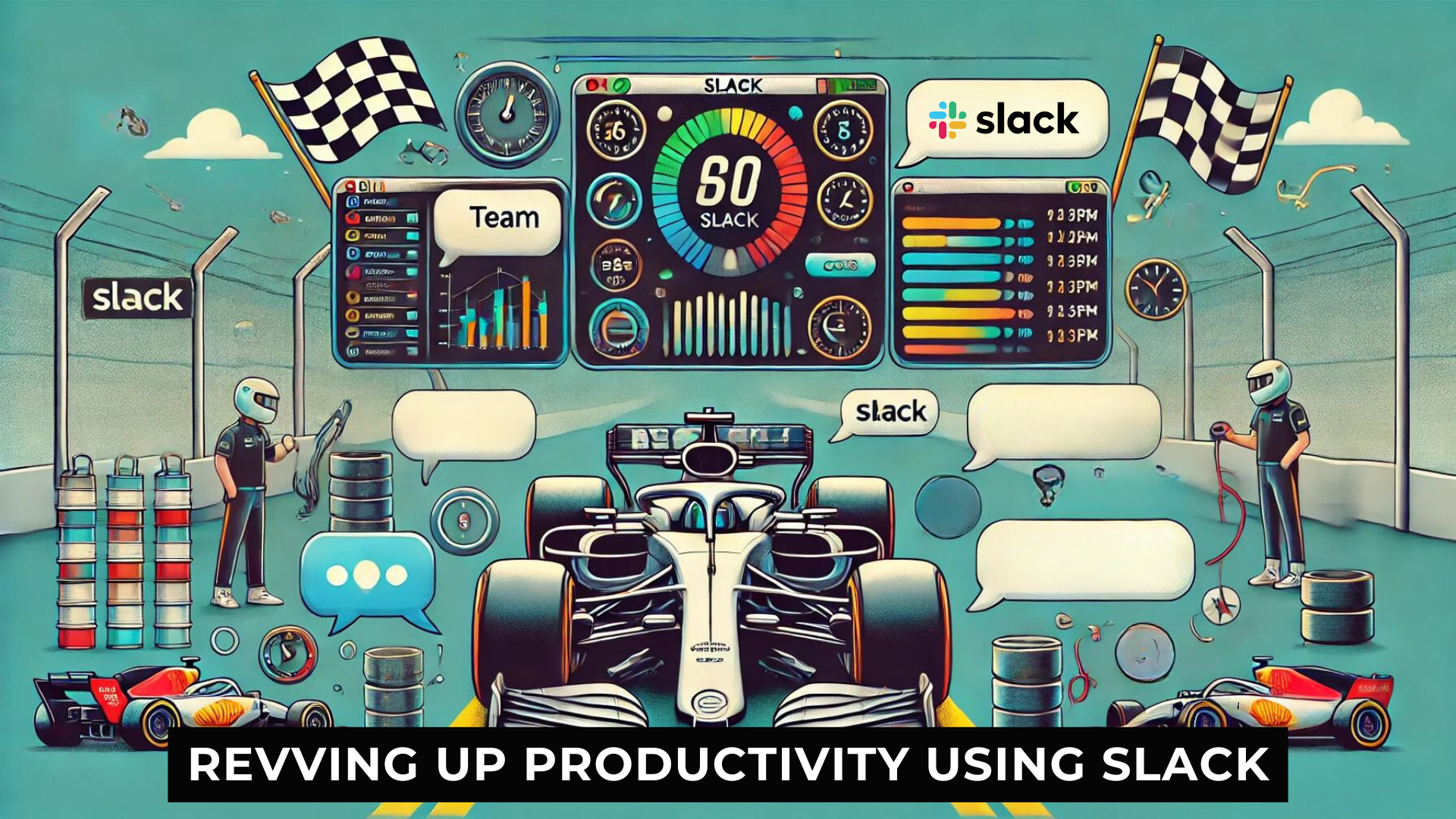
Why Salesforce Falls Short for Sales Engineers
Salesforce is a powerful CRM used by sales teams across the globe to track prospects, manage pipelines, and close deals. While it excels in many areas for Account Executives and Sales Managers, there’s one group it tends to overlook: Sales Engineers (SEs).
In the world of presales, SEs are the technical backbone of the sales process, guiding prospects through POCs, customizing demos, and ensuring solutions fit the specific needs of a customer. Their work requires tools that go beyond traditional CRM functionalities, and unfortunately, Salesforce isn’t always up to the task. Here’s why:
Lack of Seamless Collaboration Tools
Salesforce is designed to track sales activities, but SEs need more dynamic collaboration tools. Whether it’s sharing technical specs, configuring demos, or managing POC processes, SEs rely heavily on cross-functional collaboration with both internal and external stakeholders. Salesforce’s task management is linear, and its integration with key collaboration tools like Jira and Slack often feels like an afterthought rather than a seamless experience.
Tracking Technical Metrics is Cumbersome
Salesforce is optimized for tracking sales KPIs like opportunity stage or pipeline health, but SEs need visibility into technical progress during the presales cycle. Whether it’s monitoring POC progress, tracking feature requests, or documenting technical questions, these data points are critical to successful SE work. Unfortunately, Salesforce lacks customizable fields that can easily capture and display this information, forcing SEs to rely on manual workarounds.
Custom Demo Environments Are Hard to Track
SEs often need to deliver custom demos to show prospects how products will work in their unique environments. Tracking demo environments, configuration details, and post-demo follow-ups can be difficult in Salesforce. This can lead to miscommunication, missed opportunities, and a suboptimal experience for the prospect.
Overwhelming Admin Work
Salesforce is known for requiring extensive data input and upkeep, often burdening SEs with administrative tasks that take them away from what they do best: engineering solutions. Manually entering technical details, following up on POCs, and keeping up with constantly changing client requirements is not something Salesforce makes easier. For SEs who are often balancing multiple complex sales cycles at once, this can be a dealbreaker. Companies often struggle with SEs updating fields. Why not have this automated?
It Doesn’t Address the Full Presales Lifecycle
Perhaps the biggest gap is that Salesforce is fundamentally built for managing the post-sales lifecycle, not presales. Presales teams have different workflows, from qualification to POC to technical validation, which require more agile tools. Salesforce’s one-size-fits-all approach can hinder the flexibility SEs need to manage these critical early stages of the sales cycle.
What’s the Alternative?
SEs need a solution that is purpose-built for their workflow. This is where specialized presales platforms, like Provarity, come in. By providing tools designed specifically for the unique needs of SEs—such as integrated POC tracking, real-time collaboration with product and sales teams, and a holistic view of the technical sales process—Provarity empowers SEs to work more efficiently and effectively.
Rather than being bogged down by a CRM that doesn’t align with their technical focus, SEs can concentrate on what matters: showcasing solutions that drive customer success.
Conclusion
Salesforce is a valuable tool for managing sales, but when it comes to presales, especially for Sales Engineers, its limitations become evident. SEs need tools that align with their technical responsibilities and streamline their workflows, ensuring the success of every POC and demo. The time has come to reimagine how we equip SEs for success—and Provarity is here to help.



